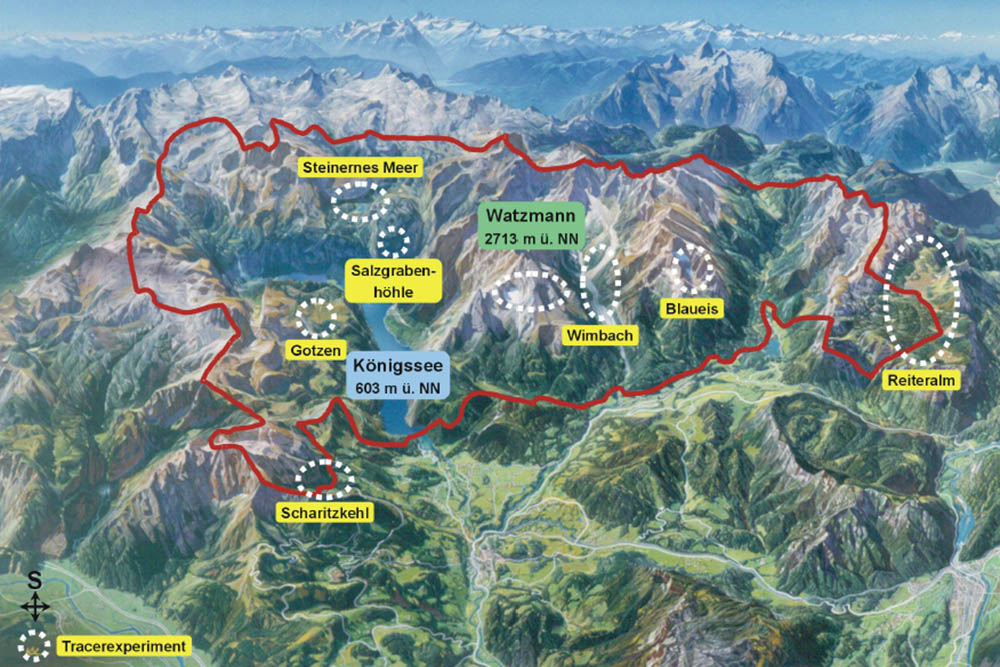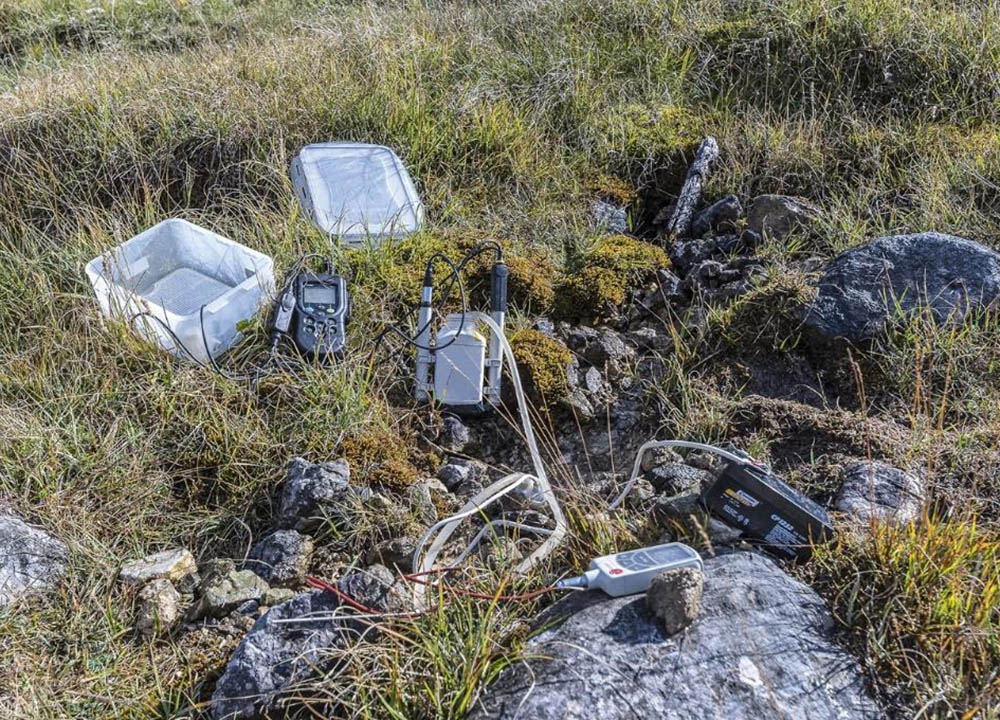Completed projects
Research is one of the overriding goals in a national park. It contributes to a better understanding of processes in nature. From the findings of research, indications can be derived for a better protection of plants and animals as well as for a more nature-friendly use of landscapes outside the national park. The Berchtesgaden National Park thus has an impact far beyond its borders. We distinguish between research in the narrower sense and long-term environmental observation (monitoring).
Note
A detailed database archive of national park research is currently in developmental stage. If you have any questions or if you would like to know more about past projects, the Research Department will be happy to help you.


